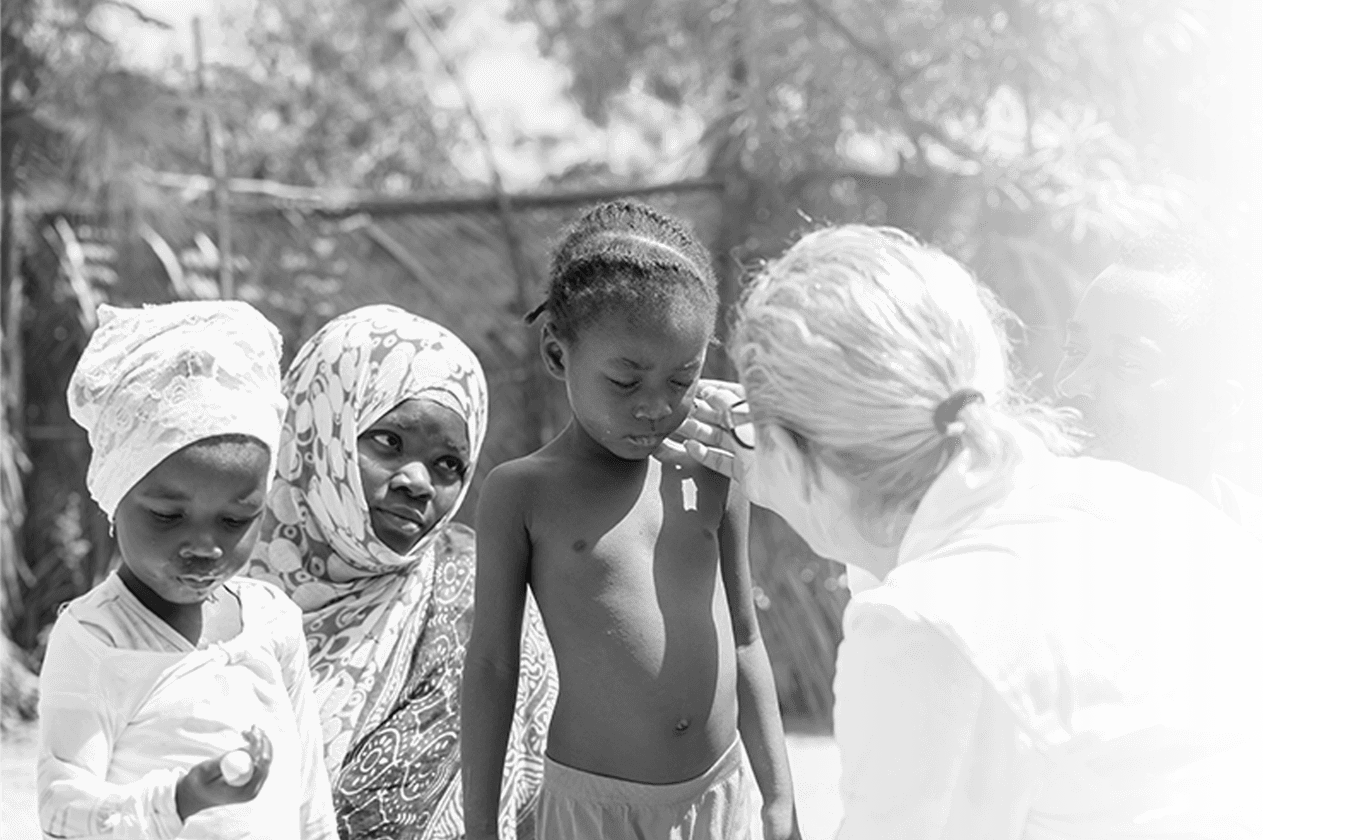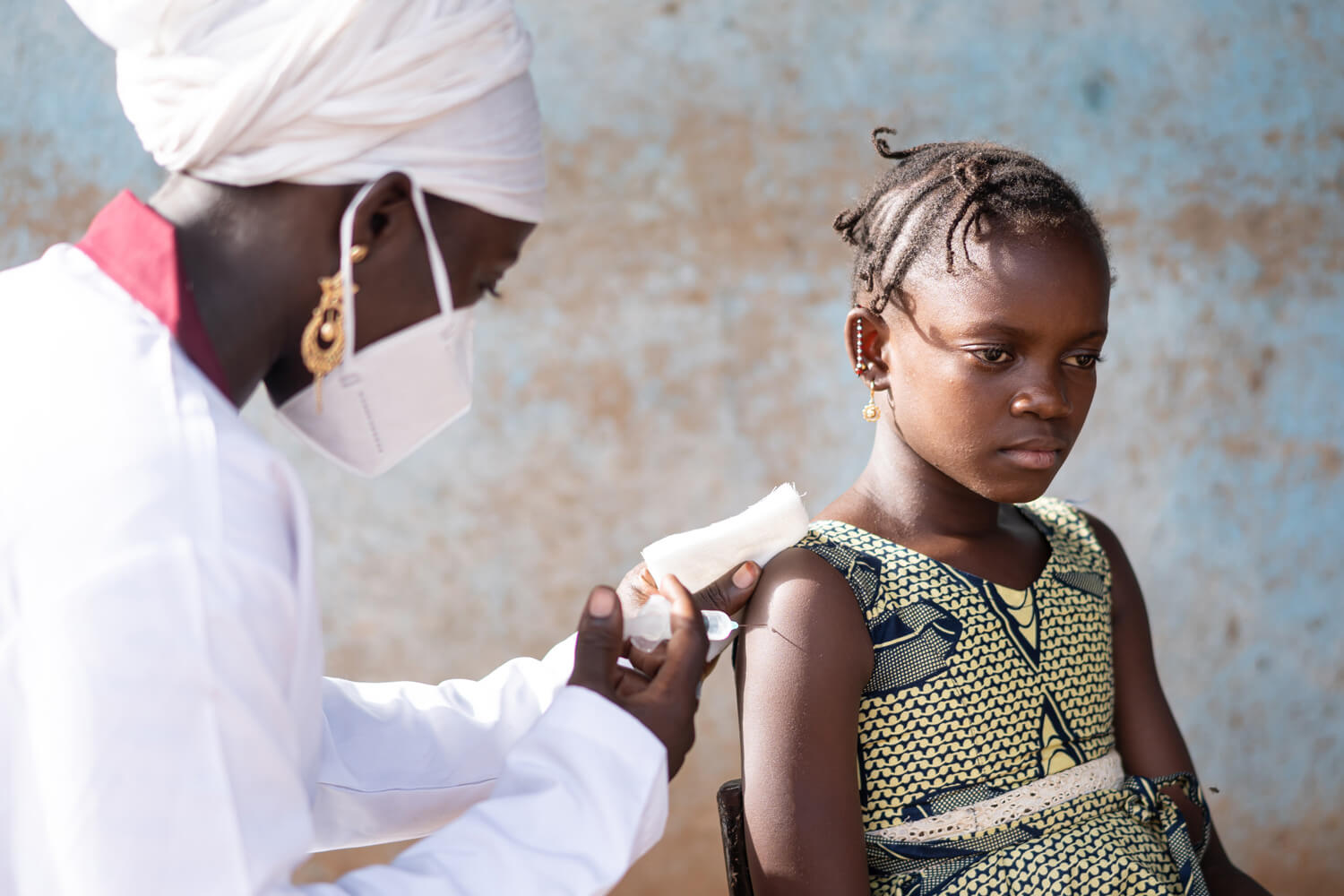
TB diagnosis challenges & TDAs

TB diagnosis challenges
Tuberculosis (TB) remains a major cause of illness and death among children, with an estimated 1.2 million cases and approximately 200,000 deaths in 2023. Young children—particularly those under five, those living with HIV, or those suffering from malnutrition—are at high risk of developing TB after exposure. However, diagnosing TB in children is complex due to non-specific symptoms, difficulties in collecting respiratory samples, and the low yield of microbiological test in this age group. As a result, TB remains widely underdiagnosed and undertreated in this vulnerable population.
TB is curable with appropriate treatment. Drug-sensitive TB is generally treated with a combination of 4 antibiotic drugs over six months. Recently, the SHINE trial has shown that shorter regimens are effective in children with non-severe TB. Drug-resistant TB, although more difficult to manage, is also treatable, and efforts are underway to develop shorter and more tolerable regimens for children.

Treatment Decision Algorithms
To improve childhood TB diagnosis, Treatment Decision Algorithms (TDAs) have been developed as structured tools to support clinical decision-making. TDAs use a scoring system based on clinical signs, radiographic findings, and laboratory results to guide whether a child should be started on TB treatment or not. These algorithms are especially useful in primary care or low-resource settings, where diagnostic tools like molecular testing or chest X-rays may be limited or unavailable.
Earlier diagnostic scores—such as the Kenneth Jones or Keith Edwards systems—were based largely on expert opinion and showed poor diagnostic performance, particularly in high-risk children. In contrast, newer TDAs are based on large, real-world paediatric datasets and offer improved diagnostic accuracy. In 2022, the World Health Organization conditionally recommended the use of TDAs for diagnosing pulmonary TB in children under 10 years of age.

Decide TB & eHealth4ChildTB
The Decide TB project is currently validating four TDAs, including two developed from data on 4,700+ children across 13 studies, designed for use both with and without chest X-rays. These algorithms can be applied to the general paediatric population as well as high-risk groups. Two additional TDAs—PAANTHER TB and TB-Speed SAM—target specific vulnerable populations such as children with HIV or severe malnutrition.
The eHealth4ChildTB project builds on the foundation laid by Decide-TB and focuses on digital innovation. Its aim is to develop and test digital tools that facilitate the use of TDAs by healthcare workers in real-world clinical settings and tools to support implementation by national TB programs. By translating complex algorithmic processes into user-friendly digital applications, eHealth4ChildTB supports healthcare workers in applying TDAs consistently and accurately—even in resource-constrained environments.
Through this approach, eHealth4ChildTB seeks to strengthen TB diagnosis in children, accelerate treatment initiation, and reduce TB-related mortality in high-burden countries.
